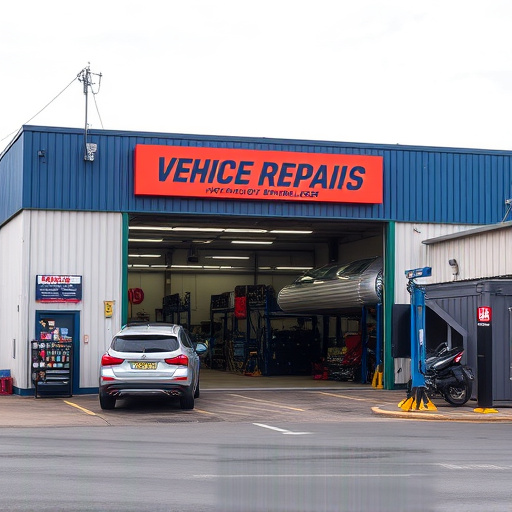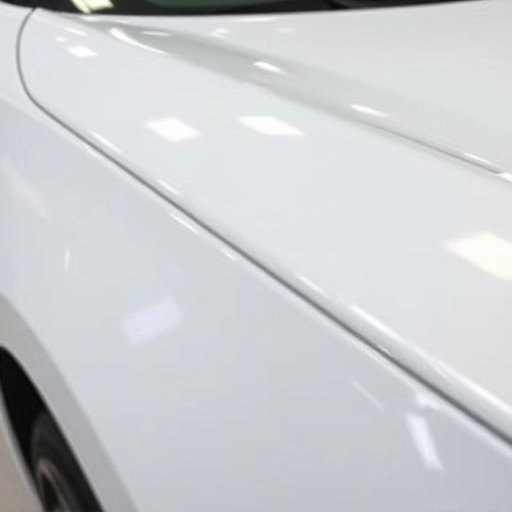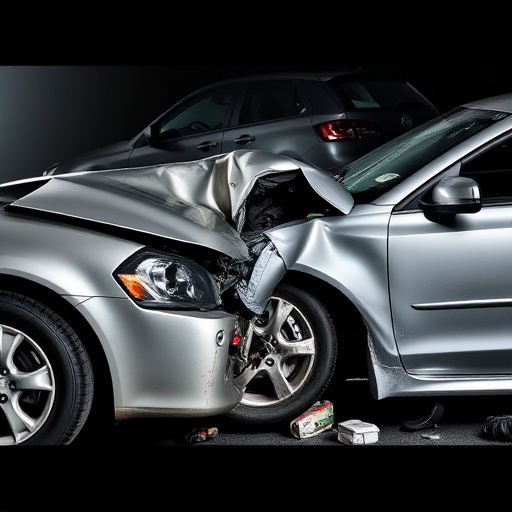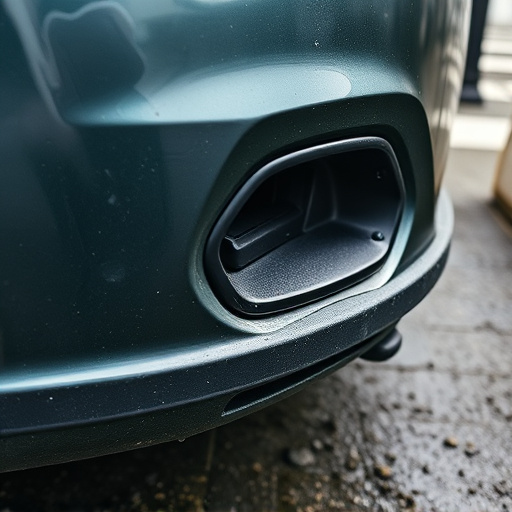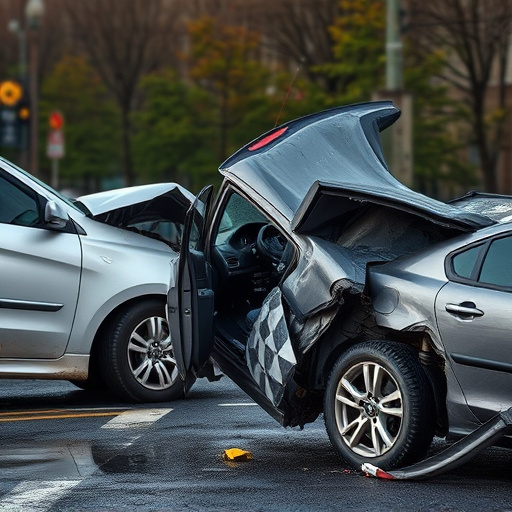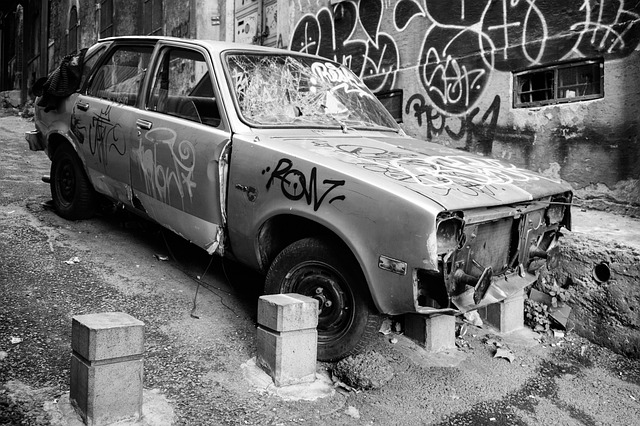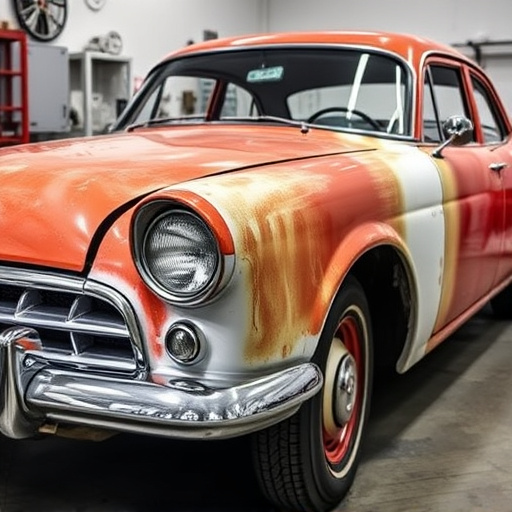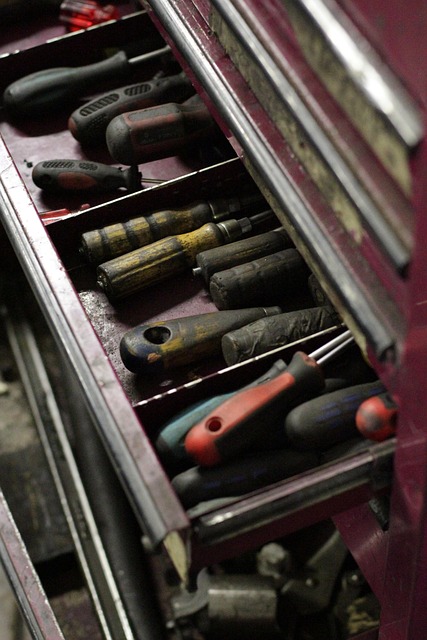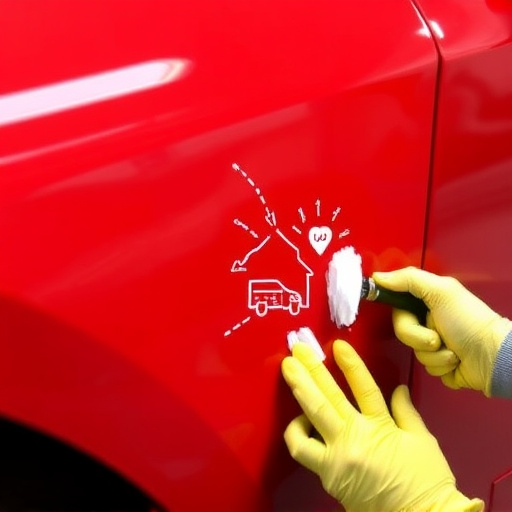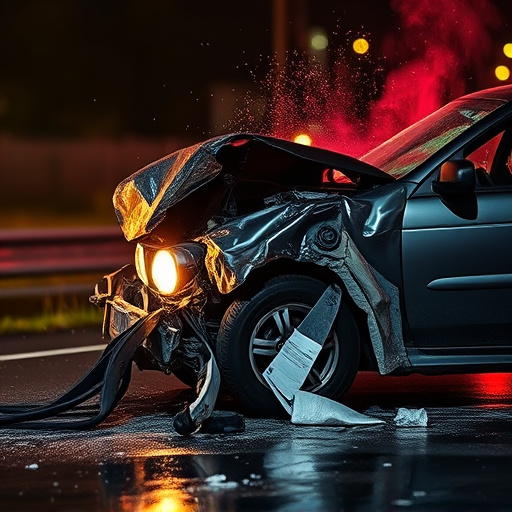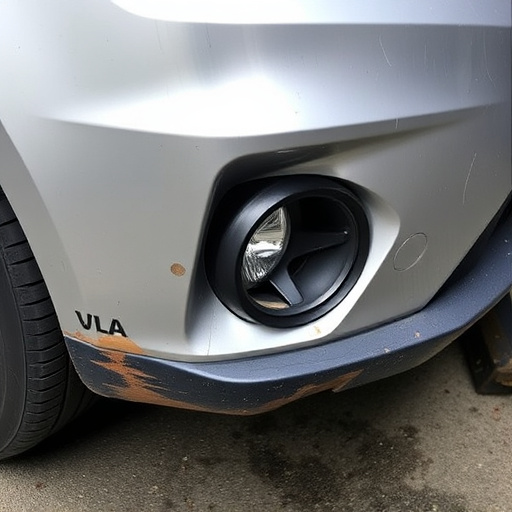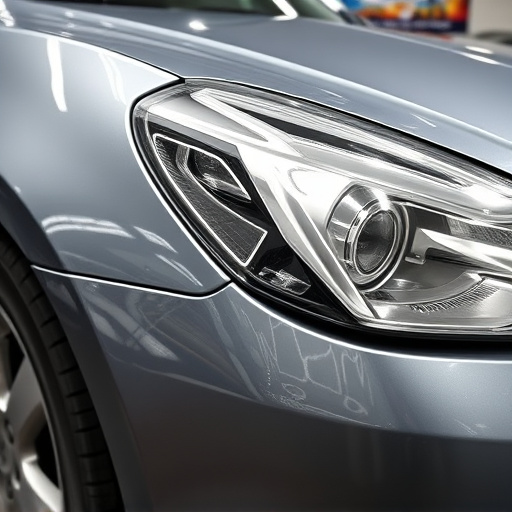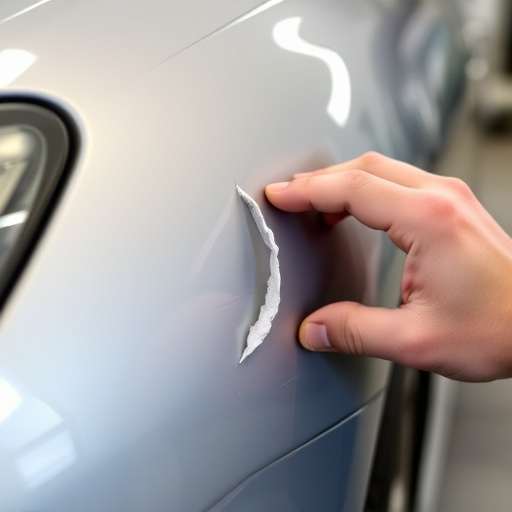OEM glass replacement is crucial for lease return inspections, ensuring vehicle safety, integrity, and aesthetic standards. Precise fitment prevents discrepancies, preserving return value and minimizing disputes. Best practices include thorough pre-inspection, advanced tools, standardized procedures, and meticulous record-keeping to clear vehicles with intact OEM glass for return, satisfying lessors and maintaining vehicle value for future repairs.
In the automotive industry, ensuring quality and originality during lease return inspections is paramount. Understanding OEM (Original Equipment Manufacturer) glass replacement plays a pivotal role in this process. This article delves into the significance of maintaining OEM standards for glass during lease returns, highlighting the benefits of using genuine parts. We also provide best practices for inspectors to guarantee consistent quality, ensuring a seamless transition between leases and preserving vehicle value.
- Understanding OEM Glass Replacement in Lease Returns
- Benefits of Original Equipment Manufacturer Standards
- Best Practices for Ensuring Quality During Inspections
Understanding OEM Glass Replacement in Lease Returns
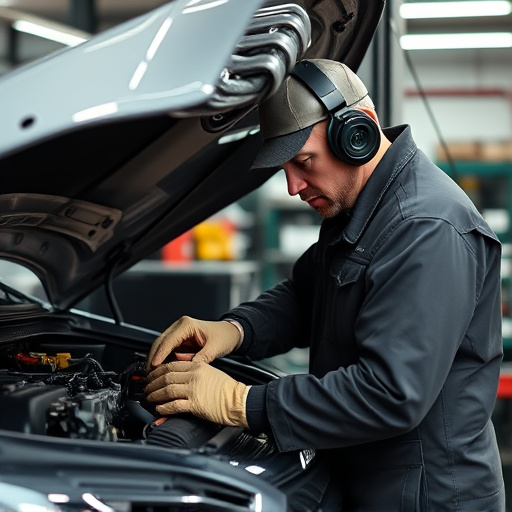
When a leased vehicle is returned, it undergoes a meticulous inspection to assess its overall condition. One critical aspect often focused on is the state of the windows and glass components. This is where OEM (Original Equipment Manufacturer) glass replacement comes into play as a crucial element in lease return inspections. OEM glass refers to the original glass fitted by the vehicle manufacturer, ensuring it meets specific design and performance criteria.
During classic car restoration or general body shop services, replacing OEM glass is essential for maintaining the vehicle’s integrity and safety standards. It involves using the exact specifications, materials, and manufacturing processes as the original glass, guaranteeing a perfect fit and seamless appearance. This level of precision is vital in lease return inspections to prevent any discrepancies that could impact the final return value or lead to potential disputes between lessors and lessees.
Benefits of Original Equipment Manufacturer Standards
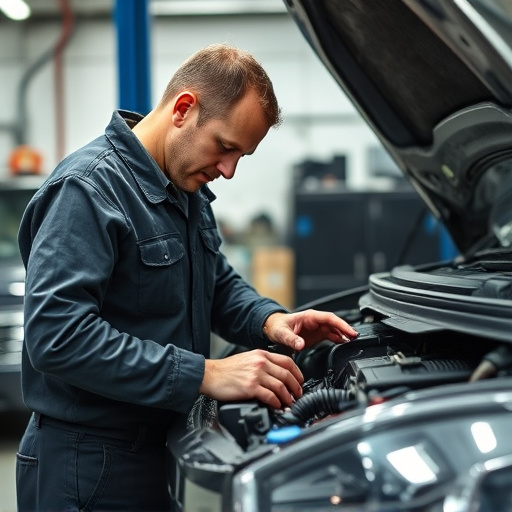
Original Equipment Manufacturer (OEM) standards for glass replacement are paramount in lease return inspections. They ensure that the vehicle’s windows and windshields function optimally and look as good as new, which is crucial for maintaining the vehicle’s value. Using OEM glass in these repairs offers several advantages over aftermarket alternatives. First, it guarantees a perfect fit and seamless integration with the vehicle’s existing components, enhancing safety and structural integrity. This precision fitting also prevents any visual discrepancies that can detract from the overall aesthetics of the vehicle.
Moreover, OEM glass undergoes rigorous quality control measures, ensuring superior durability and resistance to factors like extreme temperatures, UV rays, and impact damage. This longevity not only reduces the need for frequent replacements but also contributes to a more sustainable automotive industry by minimizing waste from disposables. In the context of lease returns, where vehicles are often traded in or resold, adhering to OEM standards is essential for satisfying both lessors and lessees, ensuring that repairs meet high-quality benchmarks and preserving the vehicle’s condition for future use, including services like paintless dent repair and autobody repairs.
Best Practices for Ensuring Quality During Inspections
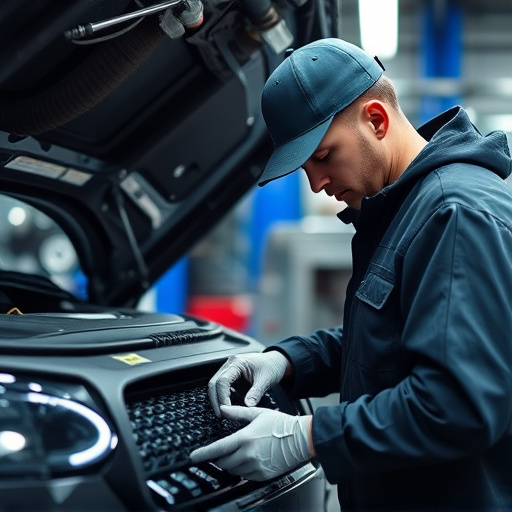
To ensure the highest quality during lease return inspections for vehicles with potential auto glass replacements, several best practices should be implemented. First and foremost, thorough pre-inspection preparations are key. This includes a detailed assessment of the vehicle’s current condition, focusing on any signs of damage or previous repairs, especially in the window area. Utilizing advanced inspection tools can aid in this process, providing precise measurements and identifying potential issues with OEM glass replacement candidates.
Additionally, maintaining a standardized procedure for comparing against original equipment manufacturer (OEM) specifications is vital. This involves meticulous record-keeping and documentation during each step of the inspection. By adhering to these practices, automotive collision repair experts can guarantee that only qualified vehicles with intact and genuine auto glass are cleared for return, ensuring customer satisfaction and the preservation of vehicle value in the event of necessary vehicle paint repair or additional auto glass replacement services.
OEM glass replacement is a critical aspect of lease return inspections, ensuring vehicles are returned in their best condition. By adhering to Original Equipment Manufacturer (OEM) standards, lessors can maintain high-quality benchmarks and offer superior customer service. Implementing best practices during inspections guarantees that any issues with OEM glass are promptly identified and addressed, ultimately protecting both the lessor’s investment and the customer’s satisfaction.
